When winter hits hard, the Snowy Owls come south—and Michigan rolls out the white carpet.
These ghostly hunters, fresh from the Arctic, don’t just show up anywhere. They choose the Great Lakes for a reason. Or ten.
With endless shorelines, wide-open fields, and an all-you-can-eat rodent buffet, this region checks every box on their survival list. While we’re bundling up and cursing the cold, Snowy Owls are thriving, scanning the frozen ground with those intense yellow eyes.
They’re not just birds—they’re living legends.
And for a few fleeting months, Michigan is lucky enough to host them.
Let’s dive into what draws these feathered nomads to our wintry backyard.
Abundant Food Supply
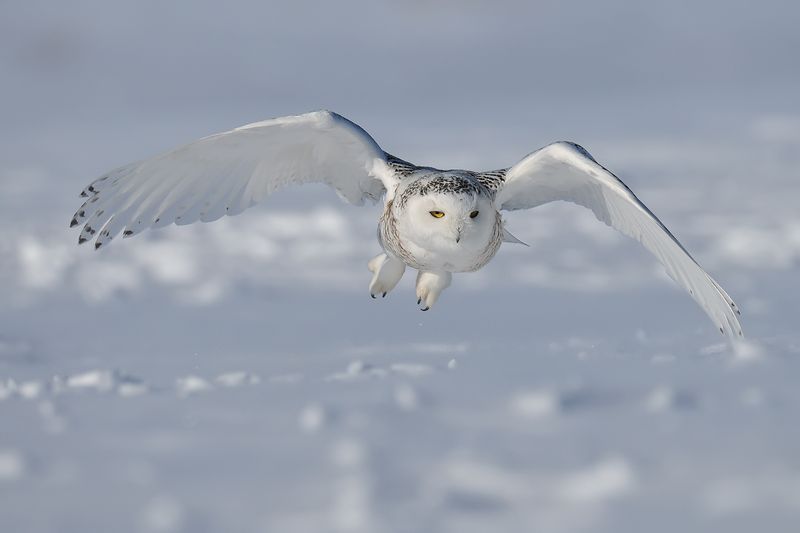
The Great Lakes region offers an abundant food supply that attracts Snowy Owls each winter. The winter months bring a surge of small rodents and other prey, providing a feast for these skilled hunters. With sharp talons and keen eyesight, they easily capture their meals.
The open fields and marshes teeming with life make it an ideal hunting ground. Did you know? Snowy Owls can consume up to 12 mice a day, showcasing their voracious appetite. The region’s ecological richness ensures they thrive during their seasonal stay.
Ideal Roosting Sites
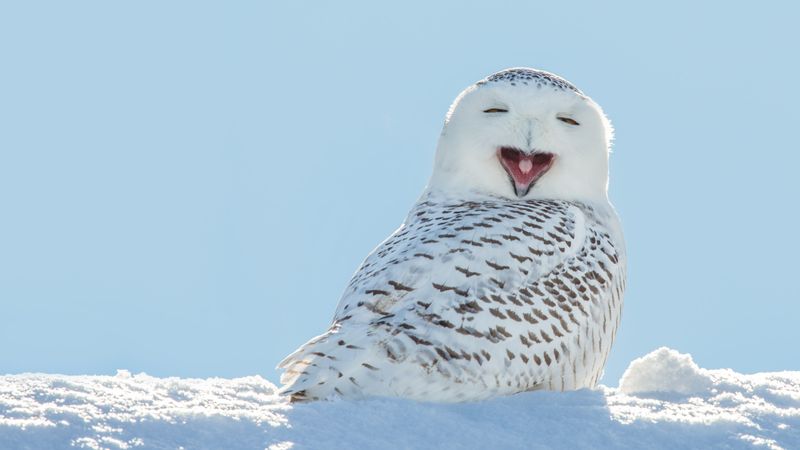
For Snowy Owls, roosting sites are as crucial as a hearty meal. Michigan’s diverse landscapes, from icy shores to open fields, provide perfect spots for rest. These sites offer safety from predators and a vantage point to scout for prey.
Snowy Owls prefer areas with minimal human disturbance, allowing them to conserve energy. Fun fact: Unlike many other owls, Snowy Owls are diurnal, meaning they are active during the day. This behavior suits the Great Lakes’ open and well-lit environments.
Favorable Climate Conditions
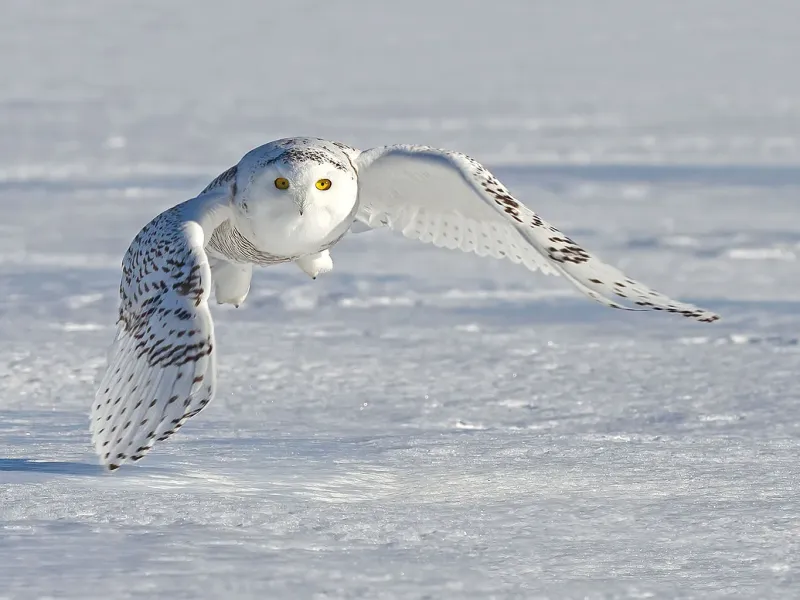
The Great Lakes region’s climate mirrors the arctic tundra, making it an attractive winter destination for Snowy Owls. The cold, snowy weather is reminiscent of their breeding grounds, providing comfort and familiarity.
These owls are well-adapted to cold, with thick plumage and a layer of down feathers for insulation. The consistent snow cover also aids in their camouflage, essential for both hunting and evading predators. Historical note: Some years witness “irruptions,” where more owls migrate south due to scarce food in the Arctic.
Plentiful Water Sources
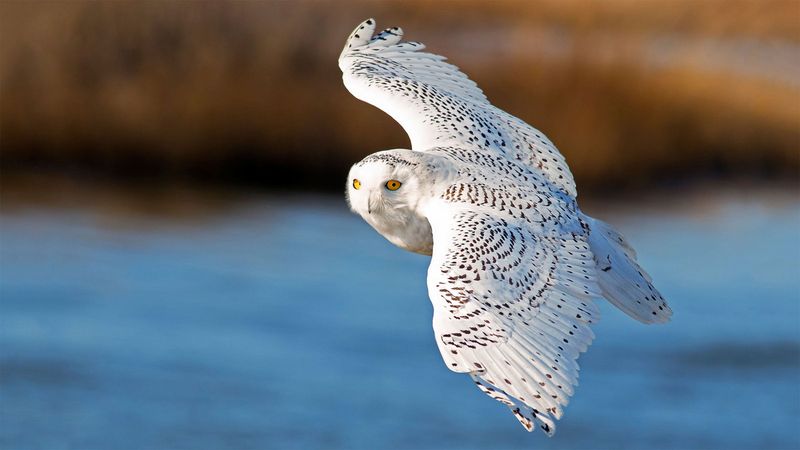
Water is life, even for Snowy Owls. Michigan’s lakes and rivers provide essential hydration and attract other wildlife, increasing prey availability. The vast waterways ensure these birds remain well-nourished throughout the harshest months.
While Snowy Owls primarily hunt on land, the proximity to water bodies adds to their habitat’s richness. Did you know that these owls can also hunt fish? Though rare, their opportunistic nature is well-suited to the Great Lakes’ environment.
Safe Migration Pathways
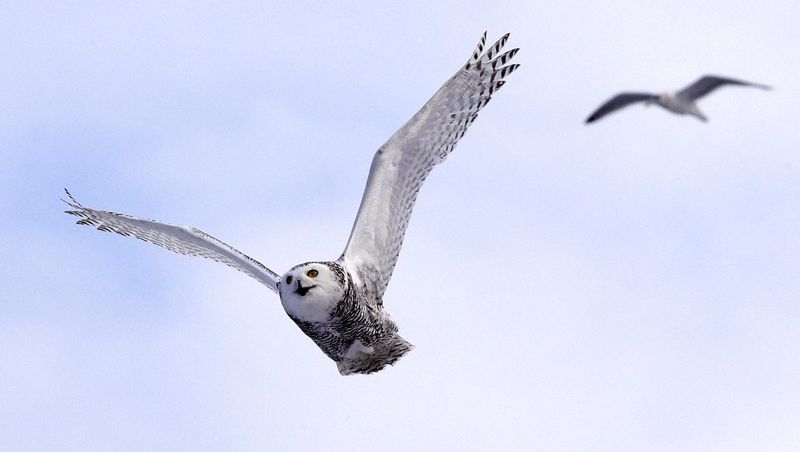
Migration is perilous, but the Great Lakes offer safe pathways for Snowy Owls. The region’s vast open spaces and rural areas provide unobstructed routes, minimizing the risk of collisions with human structures.
These owls typically avoid densely populated areas, preferring the tranquility of nature. As they journey south, Michigan becomes a haven, free from the threats of urban encroachment. Quirky fact: Snowy Owls can travel thousands of miles during migration, showcasing their incredible endurance.
Rich Biodiversity
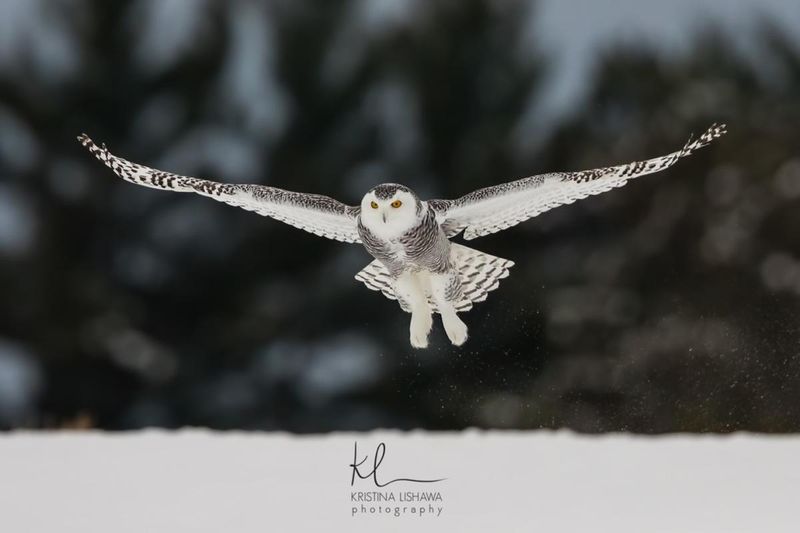
Michigan’s rich biodiversity is a magnet for Snowy Owls. The interplay of forests, meadows, and wetlands supports a wide array of prey species. This diversity ensures the owls have varied diet options, crucial for their survival.
The presence of other bird species also enhances the ecosystem, creating a balanced environment. With ample choices, Snowy Owls can maintain their energy levels and prepare for the return journey north. Historical note: The Great Lakes region has been a crucial stopover for migratory birds for centuries.
Minimal Human Disturbance

Human disturbance is minimal in Michigan’s sprawling natural areas, offering Snowy Owls a peaceful retreat. These owls thrive in solitude, away from the noise and activity of urban environments.
The expansive parks and reserves provide a sanctuary where they can hunt and rest undisturbed. Interesting tidbit: Snowy Owls are known for their adaptability, but they prefer quieter habitats where they can focus on survival without distractions.
Photographic Opportunities
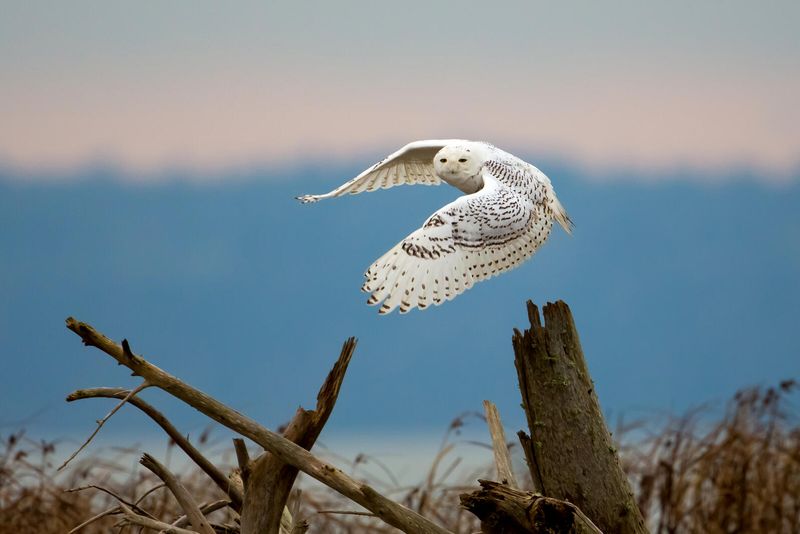
Snowy Owls in Michigan present unparalleled photographic opportunities for bird enthusiasts. The striking contrast of their white plumage against the wintry backdrop creates stunning visuals. Photographers flock to the region, hoping to capture these elusive birds.
Their often-calm demeanor allows for close observation without causing distress. Fun fact: Snowy Owls have been a favorite subject for wildlife photographers due to their majestic appearance and expressive eyes. The Great Lakes’ varied landscapes offer the perfect canvas for capturing their beauty.
Educational Insights
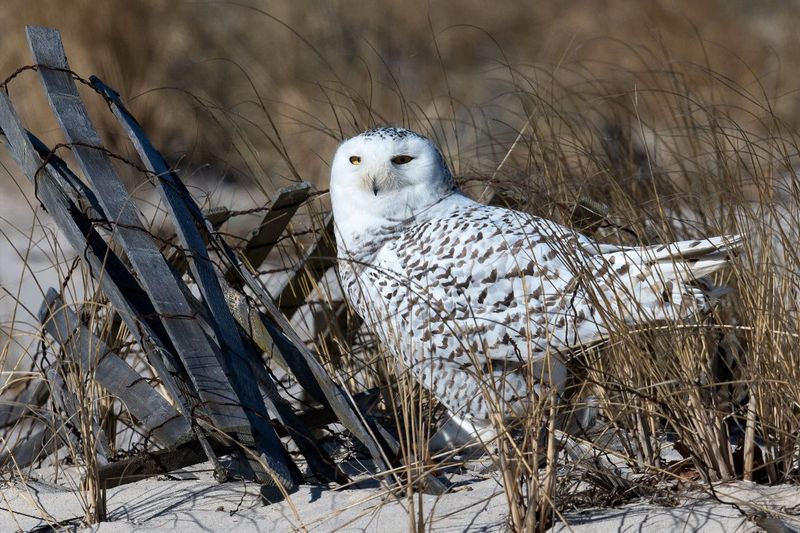
The presence of Snowy Owls in Michigan is a boon for educational programs. Schools and nature centers utilize this opportunity to teach about avian biology and conservation. Observing these owls up close fosters a deeper understanding of their habitats and behaviors.
Field trips and guided tours offer hands-on learning experiences, inspiring the next generation of conservationists. Did you know? Snowy Owls play a crucial role in controlling rodent populations, highlighting their ecological importance.
Cultural Significance
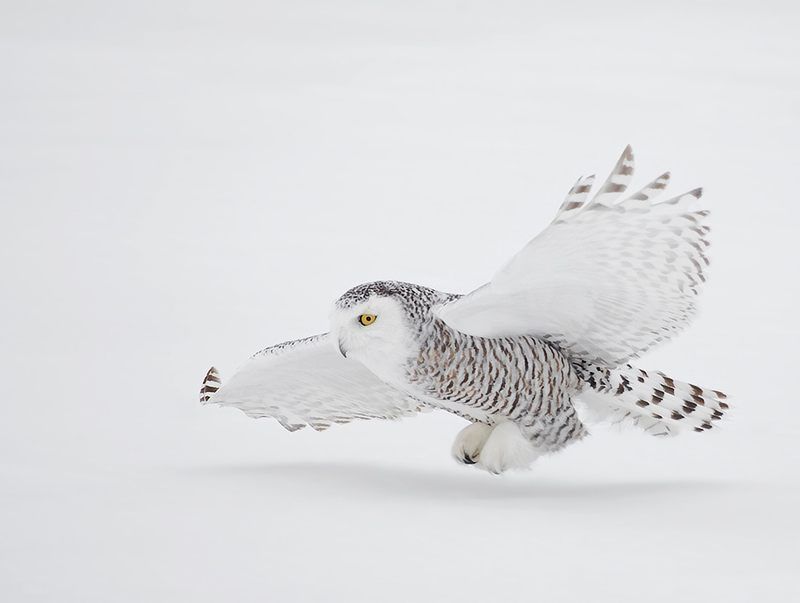
Snowy Owls hold cultural significance in many indigenous communities, symbolizing wisdom and mystery. In Michigan, their winter presence enriches local folklore and inspiration for artists. The majestic birds feature in various art forms, from paintings to sculptures.
Their striking features and enigmatic nature captivate audiences, leaving a lasting impression. Historical note: Snowy Owls have been revered in stories and traditions, reflecting their enduring allure. The Great Lakes region celebrates their arrival, adding to its cultural tapestry.

